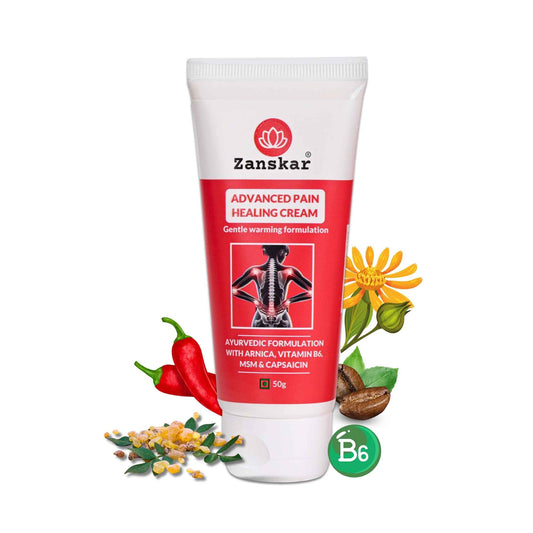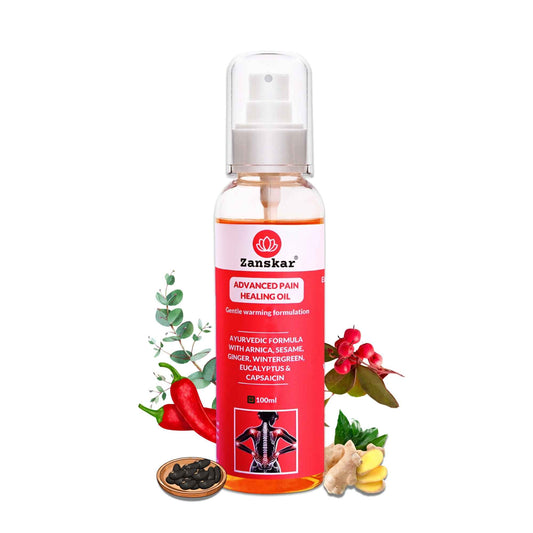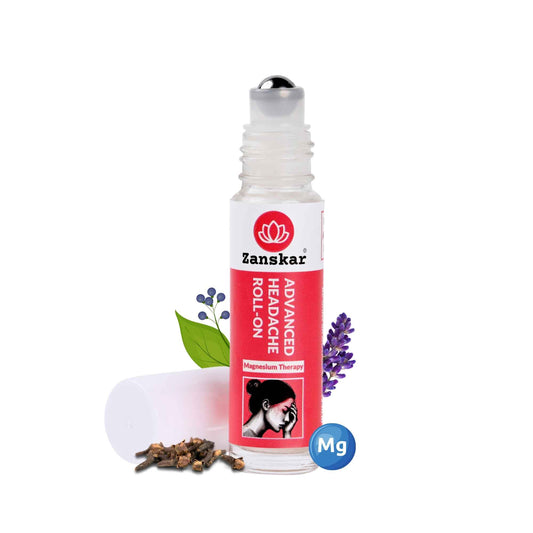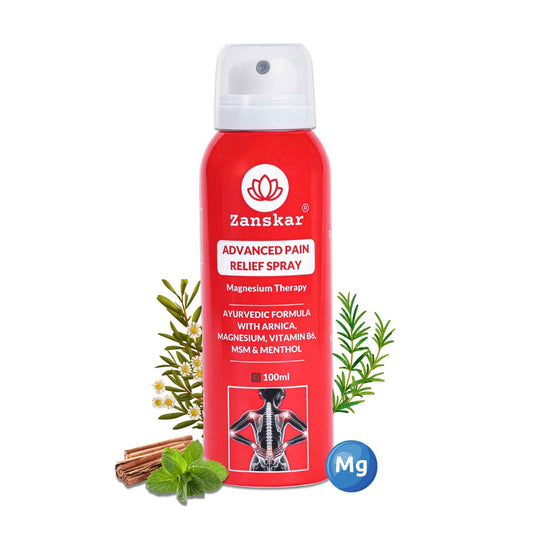
Thinking About a Steroid Shot for Pain? Read This First.
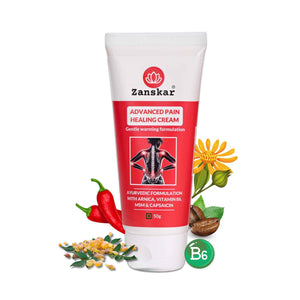
Pain can feel like a roadblock, stopping you from doing what you enjoy. Whether it’s the persistent ache of joint pain, the sharp twinge of tendonitis, or the chronic stiffness of an inflamed joint, pain can be a barrier between you and your goals, making simple tasks feel insurmountable.
Enter steroid injections.
Steroid injections have become a go-to option for those seeking quick relief from chronic joint or back pain. These powerful anti-inflammatories can ease discomfort in conditions like joint pain, sciatica, and herniated discs—often within days. But while the promise of fast pain relief sounds tempting, it’s important to understand what’s really happening under the skin.
Are these shots just a temporary fix? How often is too often? And what are the long-term effects your doctor might not highlight in your 10-minute appointment?
In this article, we break down the benefits, risks, and what to ask your doctor before getting the jab.
What are steroid injections?
Corticosteroids, more commonly known as steroids, are anti-inflammatory medications that can be injected into painful joints and around irritated nerves. Steroid shots are usually given in a clinic or hospital setting. Your doctor might use imaging (such as ultrasound or X-ray fluoroscopy) to help guide the delivery of the medication.
Steroid injections are typically given when other pain treatments, such as heat and ice, over-the-counter medications, and physical therapy, haven't been effective enough to manage your pain. They’re also considered when pain is so severe that it makes it hard to tolerate physical therapy and exercises. Some people experience less pain within a few days after an injection, and most steroid injections include an anesthetic (numbing medication) that can provide immediate relief for a few hours.
How steroid injections work
Steroid injections work by reducing inflammation.
Acute (or short-term) inflammation is your body’s way of protecting you from injury, infection, or illness. When your body detects something unfamiliar, it releases chemicals to fight off that foreign substance. This process also causes you to experience symptoms like redness, warmth, swelling, and sometimes pain.
While short-term inflammation is a good thing, chronic (ongoing) inflammation can be a problem. Chronic inflammation can result from many factors, including inflammatory foods, ongoing stress, medical conditions (e.g. RA), and more. When chronic inflammation happens, you can experience a whole host of symptoms, such as fatigue, joint stiffness, and pain. Steroid injections can provide temporary relief from these symptoms.
Steroid injections vs. oral medications
Oral corticosteroids help reduce swelling and inflammation all over your body. They are often used for conditions that affect many parts of your body, like RA, skin problems, and autoimmune diseases. They can be used to control severe symptoms or for long-term treatment. Steroid shots, on the other hand, deliver the medicine directly to the area that is swollen or painful. They have fewer side effects and are usually preferred when you need to target a specific area.
Effectiveness of steroid injections
Steroid injections can relieve pain and help restore function, but the relief usually wears off after a few weeks or months. They might be appropriate to help with immediate pain, but are not a long-term pain-relief solution.
The effectiveness of steroid injections depends on the individual and the area being treated. Here’s how they work for different conditions:
- Low back pain: Steroid injections, often combined with local anesthetics, can reduce pain, improve mobility, and potentially delay surgery. However, relief tends to be short-lived and varies based on the underlying cause.
- Knee OA: These injections offer quick relief, but the effects fade quickly. For longer-lasting results, physical therapy is usually more effective.
- Tennis elbow: Steroid shots can ease pain better than anti-inflammatory drugs in the short term, but they may increase the risk of tendon damage and recurring pain over time.
- Carpal tunnel syndrome: Injections may provide faster relief than wearing a brace, but the benefits are often temporary.
- Rotator cuff tendinopathy: Injections under the shoulder blade (subacromial) may help short-term pain and movement, but long-term improvement is often better with physical therapy.
- Frozen shoulder (adhesive capsulitis): Injections into the joint can ease pain for a while, but symptoms may return. Stretching and physical therapy remain key for lasting recovery.
Side effects of steroid injections
Side effects from steroid injections can include:
- Pain or bruising near the injection site
- Flushing of your face for a few hours after the injection
- Bleeding problems
- Temporary high blood pressure or blood sugar
- Blanching (whitening) of the skin near the injection area
- Changes in mood and menstruation
Risks of steroid shots
Although rare, serious risks can occur with steroid injections, such as:
- Infections
- Bone changes
- Allergic reactions
- Tendon problems
Repeated steroid injections can damage soft tissues. Frequent steroid injections (less than three months between injections) can delay your body’s normal healing response and may lead to cartilage loss. This is why doctors limit how many injections you receive and how often you receive them.
What to expect after a steroid injection
Pain relief from steroid injections is usually temporary. An injection might not lead to long-term improvements in your joint function. While steroid injections are intended to reduce pain, they can come with temporary side effects such as:
- Joint stiffness
- Swelling
- Redness or bruising
- Pain near the injection site
Alternatives to steroid injections
While steroid injections can offer quick relief for many types of pain, they’re not the only option—and often not the best long-term solution.
Alternatives include physical therapy, which helps strengthen muscles and improve mobility, making it particularly effective for joint-related issues.
Non-steroidal anti-inflammatory drugs (NSAIDs) like ibuprofen can manage pain and inflammation without injections. For chronic pain, topical treatments such as pain relief creams and roll-ons with natural ingredients (like capsaicin, arnica, or magnesium) are gaining popularity due to their safety and ease of use.
In some cases, lifestyle changes such as weight management, posture correction, and regular low-impact exercise can significantly reduce pain. Always consult a healthcare provider to find the most suitable approach for your condition.




